Spyros Zoupanos
Efficient comparison of sentence embeddings
Apr 02, 2022

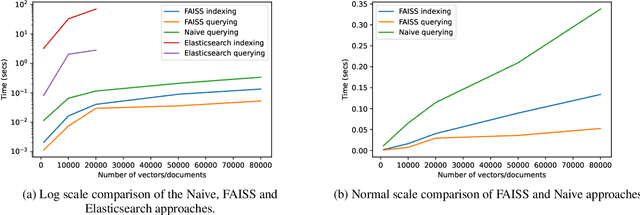

Abstract:The domain of natural language processing (NLP), which has greatly evolved over the last years, has highly benefited from the recent developments in word and sentence embeddings. Such embeddings enable the transformation of complex NLP tasks, like semantic similarity or Question and Answering (Q\&A), into much simpler to perform vector comparisons. However, such a problem transformation raises new challenges like the efficient comparison of embeddings and their manipulation. In this work, we will discuss about various word and sentence embeddings algorithms, we will select a sentence embedding algorithm, BERT, as our algorithm of choice and we will evaluate the performance of two vector comparison approaches, FAISS and Elasticsearch, in the specific problem of sentence embeddings. According to the results, FAISS outperforms Elasticsearch when used in a centralized environment with only one node, especially when big datasets are included.
A Survey on Reinforcement Learning-Aided Caching in Mobile Edge Networks
May 14, 2021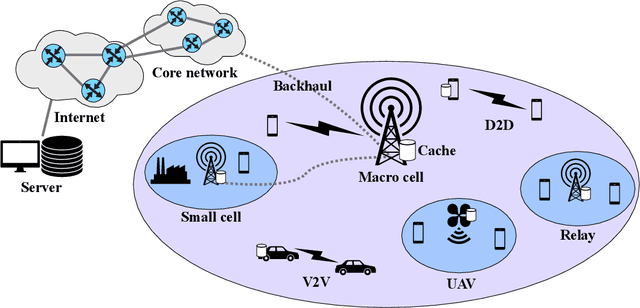
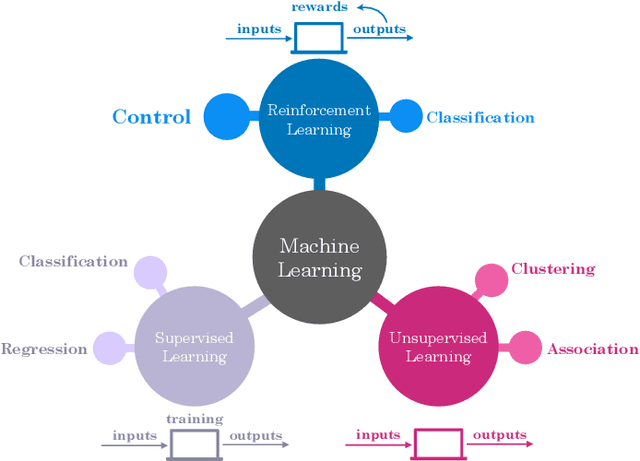
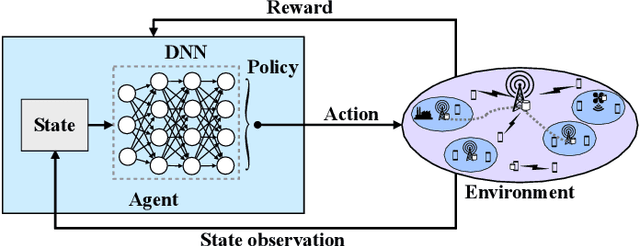
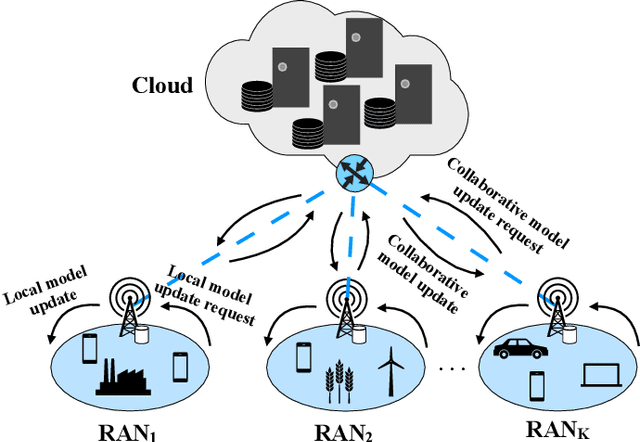
Abstract:Mobile networks are experiencing tremendous increase in data volume and user density. An efficient technique to alleviate this issue is to bring the data closer to the users by exploiting the caches of edge network nodes, such as fixed or mobile access points and even user devices. Meanwhile, the fusion of machine learning and wireless networks offers a viable way for network optimization as opposed to traditional optimization approaches which incur high complexity, or fail to provide optimal solutions. Among the various machine learning categories, reinforcement learning operates in an online and autonomous manner without relying on large sets of historical data for training. In this survey, reinforcement learning-aided mobile edge caching is presented, aiming at highlighting the achieved network gains over conventional caching approaches. Taking into account the heterogeneity of sixth generation (6G) networks in various wireless settings, such as fixed, vehicular and flying networks, learning-aided edge caching is presented, departing from traditional architectures. Furthermore, a categorization according to the desirable performance metric, such as spectral, energy and caching efficiency, average delay, and backhaul and fronthaul offloading is provided. Finally, several open issues are discussed, targeting to stimulate further interest in this important research field.
 Add to Chrome
Add to Chrome Add to Firefox
Add to Firefox Add to Edge
Add to Edge